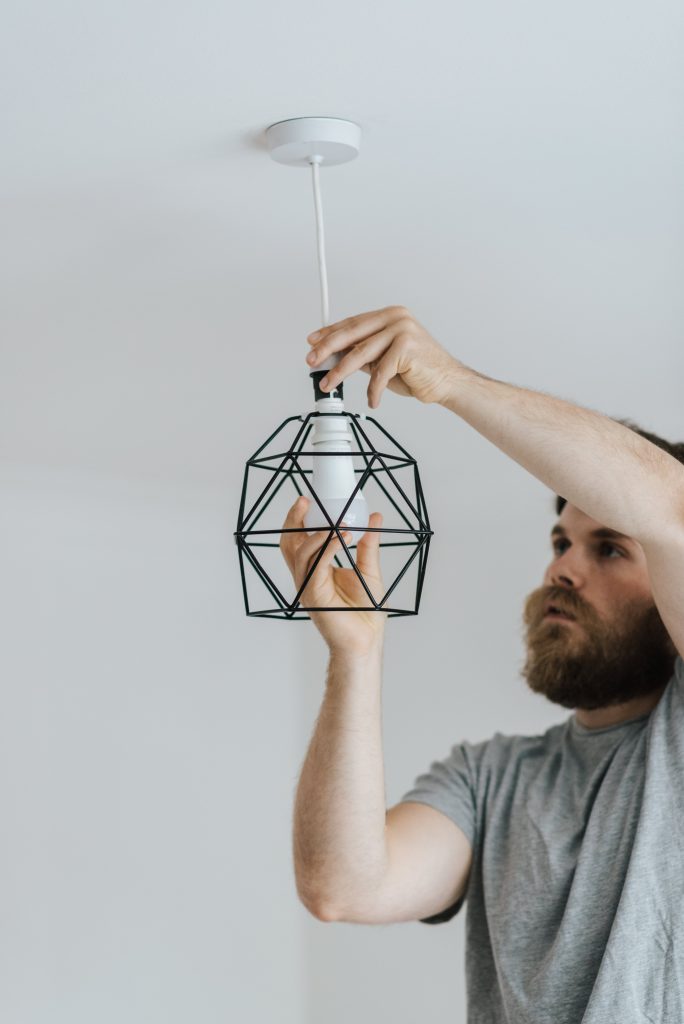Transitional Home Design


Transitional home design is a style that is a fusion of modern and traditional styles. It combines traditional elements with contemporary furniture, lighting, and art. This style is very popular among homeowners who want to create an eclectic look for their homes. Read on to learn more about transitional home design. Listed below are some common elements that define this style.
Transitional home design
Transitional home design is a style that blends contemporary and traditional home designs. It often have light exteriors and neutral interiors. The exteriors of transitional homes may feature painted brick, limestone, or white stucco but can also feature different textures and finishes. These details create a layered look that plays with light and shadow.
Transitional home design is the perfect style for couples looking for a combination of modern and classic elements in a home. While there are no rigid rules, successful transitional designs understand which elements pair well. They also honor scale and proportion. Their interiors should feel light and airy.
Scandinavian style
To incorporate Scandinavian style into your home, try to use more natural materials. Wood is a popular choice. It can be used to cover walls, floors, or furniture. Adding natural elements to your home will help it feel more comfortable. Natural materials include wicker, hemp, leather, copper, and brass. Adding greenery will also add a natural element to your home. Lighting is also a huge part of Scandinavian design. The Nordics consider light a source of life. Using multiple lighting elements to achieve a balanced amount of light is an essential part of Scandinavian design.
The design philosophy behind Scandinavian home decor focuses on creating an inviting atmosphere with natural materials. It is characterized by a neutral color palette and subtle pops of color. The Scandinavian style is minimalist and does not feature large or heavy wall art. Typical Scandinavian wall art includes abstract paintings, drawings, and black-and-white photographs. Classic oil portraits are also popular in Scandinavian designs, although they usually are muted and textural.
Transitional living room
A transitional living room design is characterized by ample upholstered seating with a neutral color palette. It should have an eye-catching focal point, such as a fireplace and mantel. It should also have a place to put drinks and snacks. This type of home design can be relatively affordable if you have a living room with style.
A transitional living room is often comfortable and welcoming. It’s suitable for both formal and casual gatherings. A transitional living room works well with eclectic, vintage, and eye-catching decorative items.
Transitional bedroom
A transitional bedroom in-home design incorporates elements from both modern and traditional styles. It can be characterized by a comfortable yet sophisticated ambiance. The layout of this room should provide sufficient storage and movement space. To plan the layout, measure the room and visualize how the furniture will fit.
A transitional bedroom is often characterized by a solid sheet set, a duvet cover, and a coverlet. The bed should be the largest piece of furniture in the room, as are the nightstands and dresser. The bed should have a floor-length mirror.
A transitional bedroom has a light, airy atmosphere that combines elements from both modern and classical designs. Neutral-toned walls create a smooth background for bold patterns. A bed in this style is typically a simple poster bed or sleigh bed with a dark finish and button-tufted upholstery. You can add a streamlined, angular nightstand to hold a handsome table lamp or ornate decor accents. A small potted plant or two will add an organic texture to the space. Finally, a cushioned armchair will make a comfortable reading chair.
